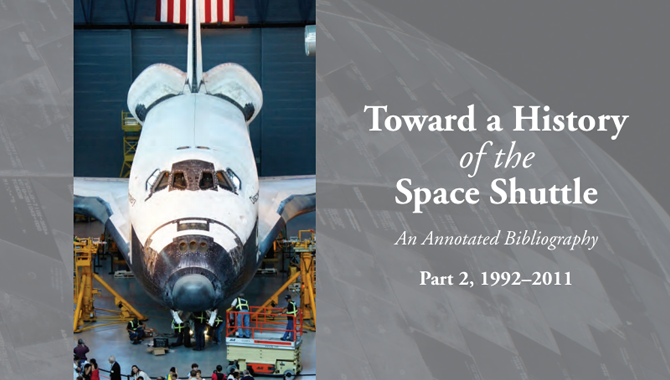
Vol. 5, Issue 12 A new NASA History Office publication offers an annotated history of the Space Shuttle Programs final 20 years.

Vol. 5, Issue 12 A new NASA History Office publication offers an annotated history of the Space Shuttle Programs final 20 years.
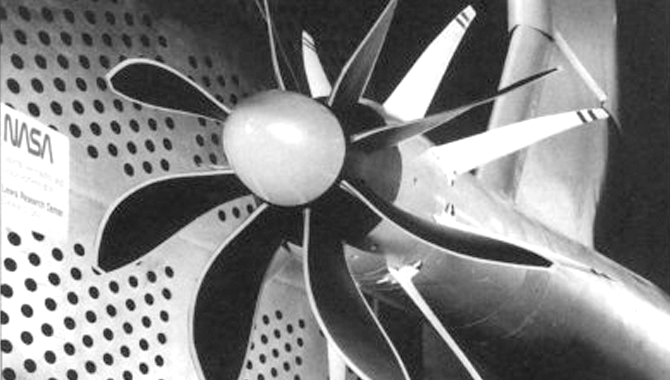
Vol. 5, Issue 12 Twenty-five years ago, an old technology project earned Lewis Research Center the Collier Trophy.
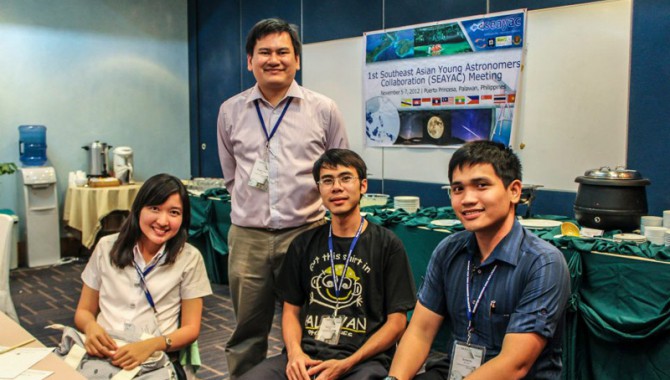
Vol. 5, Issue 11 As one of a handful of astrophysicists in the Philippines, Rogel Mari Sese aims to advance his countrys role in space.
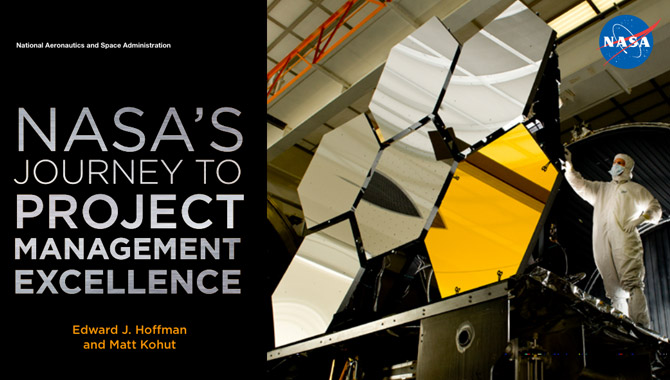
Vol. 5, Issue 11 | Download PDF How can an organization address the human dimension of complex projects?
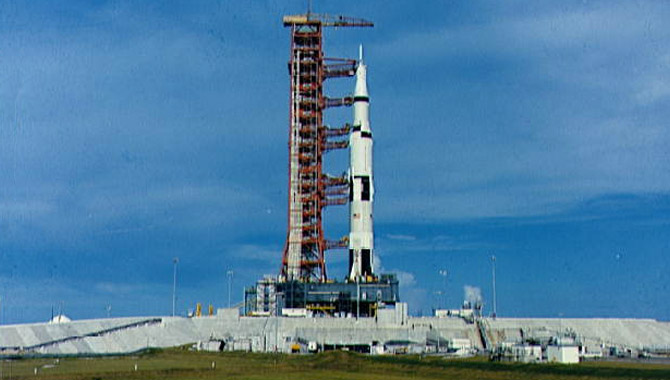
Vol. 5, Issue 11 Forty-five years ago, the unpiloted Apollo 4 spacecraft flew atop a Saturn V rocket to prove NASA could safely reach the moon.
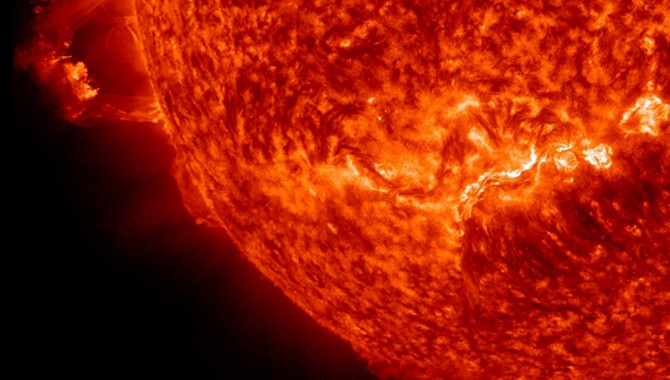
Vol. 5, Issue 11 Unlike physical elements, it is hard to guess the half-life of knowledge in advance.

Vol. 5, Issue 11 Langley Research Center’s Manjula Ambur shares her insights about knowledge management at her center.

Vol. 5, Issue 11 Two of APPEL’s most popular courses are now available to NASA employees online.

Vol. 5, Issue 11 A 2010 balloon mishap serves as a valuable case study.